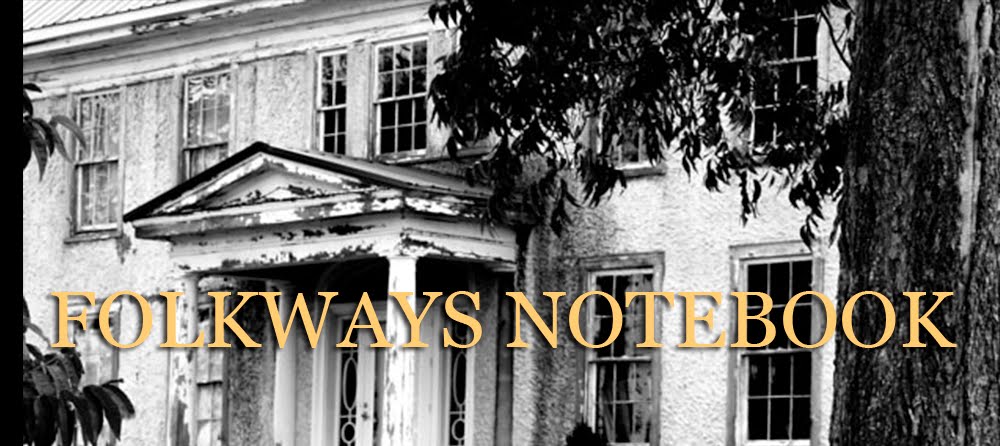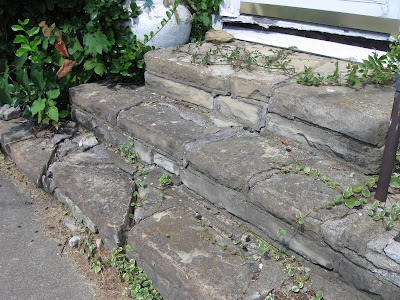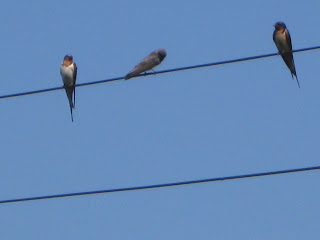CHARLES AND NATHAN AT WORK SITE |
Now I am not going to say that I know everything about historic masonry -- but it is an interest of mine left over from a masonry class that I took at university many years ago.The class dealt with historic brick and stone -- I found the class tough yet intriguing. So when I met Charles Jones, a stonemason of more than forty years, I was extremely delighted and impressed with his knowledge.
How did I find Charles? Well, I was driving through Lancaster, Kentucky when I spotted two men working on an elevated brick porch leading up to a beautiful historic building. I stopped in the middle of the street and called out my window, " do you have time to talk to me for a few minutes?" I really did not know that I was yelling to this expert tradesman on repairing historic brickwork. I just had a feeling I might learn something from this man and I sure did.
 |
| CHARLES JONES |
The man's name was Charles Jones and he was very receptive to taking a small break to explain a bit about what he was repairing. Parts of the brick porch needed to be re-grouted as they were coming loose. He and his helper, Nathan, were in the process of re-grouting in the three photos below. He mixed up a special mix to use with the old bricks.
Charles, a native of Lancaster, told me that he learned the trade from his father when he was young. His grandfather, many years ago, had hand mixed cement and laid all the sidewalks in Lancaster. Charles said he has witnessed the disappearance of many fine old buildings in Lancaster.
 |
| CHARLES AND HELPER ASSOCIATE NATHAN |
We then stood on the sidewalk as he pointed out repairs recently made to buildings on the commercial block. He gave a tally on a few of the buildings that had been altered or torn down in the main commercial section of town.
 |
| CHARLES GROUTING |
 |
| HISTORIC IRONWORK RAILING |
Preservation techniques such as Charles was doing help prolong the life of a building. In this case the porch being preserved -- it was well worth it for both stability and aesthetics. The artistic early ironwork railing of the porch would be almost impossible to duplicate.
One can read books and articles about a subject but talking with a hands-on skilled tradesman can give you an education in a short amount of time.
-------------------------------------------------------------
FOR INFORMATION ON REPAIRING OLD BRICK AND STONE CLICK BELOW

























